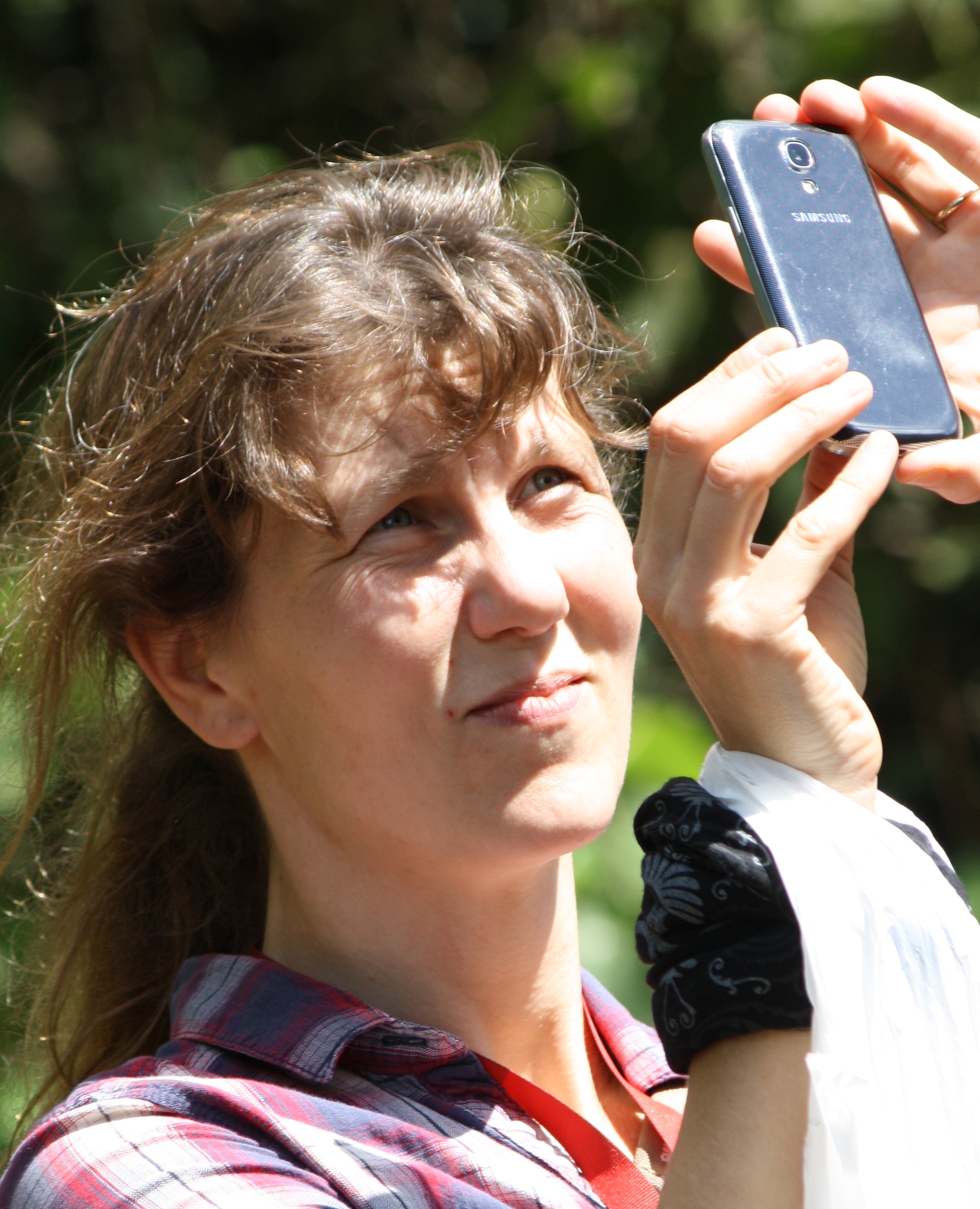
Date: Mon Aug 1, 2016
Time: 1:40 PM - 3:40 PM
Moderator: Robin Gebbers
As higher resolution datasets have become more available and more accessible within commercial agriculture, there has been an increasing expectation that more data will bring more answers to questions surrounding soil, crop and yield variability. When this does not happen, trust and confidence in data can be lost, affecting the uptake and use of precision agriculture.
This research presents a novel approach for understanding complex soil variability at a variety of different scales. It seeks to understand the impact that archaeological sites may have on soils and how those impacts might be relevant in precision agriculture systems?
From one case study site in the UK, preliminary results indicate that there are a number of ways that archaeological sites impact agricultural soils. Geophysical variations show changes in soil depth relating to archaeological features, but also outline where past activity may be expected. Some past activities such as habitation increase the likelihood of geochemical variation in key agricultural elements like phosphorus. NDVI satellite imagery have some correlations with parts of an archaeological site relating to previous human occupation, yet is irregular over time.
This highlights the need to understand both the archaeological site as well as the agricultural context, to be able to add understanding to areas of complex variation, which may not appear regularly over a number of years, but clearly impact certain crops, in certain conditions.
The Digital Soil Map of Sweden (DSMS) was finalized in 2015. The present paper describes the mapping strategy, the estimated uncertainty of the primary map layers and its potential use in precision agriculture. The DSMS is a geodatabase with information on the topsoil of the arable land in Sweden. The spatial resolution is 50 m × 50 m and it covers > 90% of the arable land of the country (~2.5 million ha). Non-agriculture land and areas with organic soil are excluded. Access to a number of national datasets made it possible to build the DSMS. Results from two soil sampling campaigns (~15 000 samples) were combined with remote sensing data (gamma radiation data from airborne radiometric scannings and a digital elevation model derived from airborne laser scanning) plus a Quaternary soil deposit map. Multivariate adaptive regression splines models were parameterized for clay content and sand content and the models were deployed for the 50 m square grid. A 10-fold bootstrap cross validation was performed to estimate the uncertainty of the map layers. The mean absolute errors (MAE) were 5.6 % for clay content and 10 % for sand content. In 75% of the validation samples the clay content MAE was < 8 % and the corresponding value for sand was 14 %. The DSMS data is provided for free by the Geological Survey of Sweden. Examples of applications developed based on the DSMS are a web application used by farmers to generate prescription files for variable-rate seeding and variable-rate liming based on the DSMS clay content information. Another potential use of the map data is to enhance the modelling of nutrient and pesticide leaching from agricultural land. We envisage a wide use of the DSMS by farmers, extension officers, private companies, researchers and expect it to expand with more data layers; the current database can be used as input to pedotransfer functions to derive secondary information.

Cotton in Brazil is an input-intensive crop. Due to its cultivation in large fields, the spatial variability takes an important role in the management actions. Yield maps are a prime information to guide site-specific practices including delineation of management zones (MZ), but its adoption still faces big challenges. Other information such as historical satellite imagery or soil electrical conductivity might help delineating MZ as well as predicting crop performance. The objective of this work was to evaluate the importance of numerous sources of information in predicting the crop development and delineating MZ in cotton. In order to represent the historical data set, 16 variables were chosen, including satellite imagery collected over the 27 years before the crop season, soil electrical conductivity and digital elevation model. Four variables represented the in season data set: satellite and terrestrial-derived NDVI and sensor-derived crop height. Both data sets were resumed to two latent variables from canonical correlation analysis. Historical and in season variables showed to be highly correlated (r=0.87) indicating that in the lack of in season crop development data, historical information can be used to delineate management zones and guide site-specific management strategies.
.png)
Runoff and sediment transport from agricultural uplands are substantial threats to water quality and sustained crop production. Farmers, conservationists, and policy makers must understand how landforms, soil types, farming practices, and rainfall affect soil erosion and runoff in order to improve management of soil and water resources. A system was designed and implemented a decade ago to inventory precipitation, runoff, and soil erosion across the state of Iowa, United States. That system utilized the Water Erosion Prediction Project (WEPP) soil erosion model along with radar-derived precipitation data and government-provided slope, soil, and management information to produce daily estimates of soil erosion and runoff at the township scale (93 km2 [36 mi2]). This project has refined the original methodology by using remote sensing techniques and improved databases to accurately determine topography and the spatial distribution of cropping and soil management practices in Iowa. These enhanced parameters along with more detailed meteorological data are used as inputs to WEPP to estimate soil erosion and runoff daily at the hillslope scale. Results are averaged and reported at the scale of small watersheds with an average area of approximately 90 km2 (35 mi2). The revisions constitute a substantial improvement because actual field conditions are reflected, better weather data are utilized, hill slope sampling intensity is an order of magnitude greater, and results are grouped based on surface hydrology. Statistical and comparative evaluations of soil erosion simulations indicate that the sampling framework is adequate and the results are defendable. Various extensions of this work are also proposed.
Soil test N and P significantly affect crop production in the Canadian Prairies, but vary considerably within and between producer's fields. This study describes the variability of crop yield, soil test N and P within and between producer's fields in the context of variable fertilizer rates. Yield, terrain attribute, soil test N and P data were collected for 10 fields in Alberta, Saskatchewan and Manitoba Canada in 2014 and 2015. The influence of fertilizer management on crop yield, soil test N and P was attributed to the variability between farms. Development of management zones for fertilizer management of crop yield will benefit from analyses within farms at the field scale.
Spatial variation is known to affect cereal growth and yield but consequences for seed quality are less well-known. Intra-field spatial variation occurs in soil and environmental variables and these are expected to affect the crop. The objective of this paper was to identify the spatial variation in barley seed quality and to investigate its association with environmental factors and the spatial scale over which this correlation occurs.
Two uniformly-managed, commercial fields of winter barley (cv Cassia, 4 ha, 2013; cv. California, 9 ha, 2014) in south east England, were assessed for spatial variation in germination, vigor, thousand grain weight and seed moisture content. Variable features within the fields included soil type (gravel terraces, clay cap and moisture retentive gullies) as well as an undulating topography. Unbalanced nested sampling design were designed based for each field based on pre-existing spatial data. The unbalanced sampling design included five spatial scales (1-81 m) with 138-150 sampling points per field. Canopy variables and soil samples were assessed at each point. Seed quality variables varied more over long (i.e. > 20 m) than over short (i.e. < 20 m) distances. Although germination and vigor tests were correlated at a 2.7m spatial scale with some canopy and soil variables, variation over this distance is not manageable by the farmer although it may assist in understanding intra-field variations. Correlations of seed quality with canopy and environmental variables also tended to be stronger over the longer distances. Some seed quality characteristics such as seed moisture content at final harvest, varied over long distances (>60 m). In terms of precision management of the field, seed producers might be able to harvest and dry seeds separately from different parts of the field. Site-specific management in the field can therefore be proposed depending on the spatial variability of seed quality variables.

